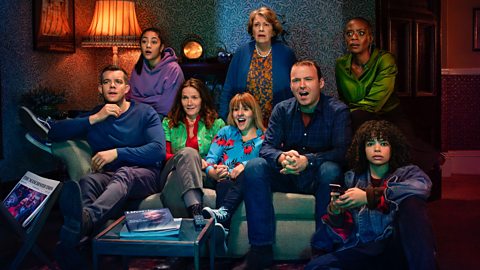If you're the type to curl up under a blanket and embrace the spooky season, you probably love a frighteningly good TV special.
But how scary can a ghost story on TV really be? TV has a long and rich history of ghost stories, and some of the most successfully eerie moments have involved convincing people the haunting is real.
We take a look at five iconic moments when TV truly spooked the nation with the help of Diane A. Rodgers, lecturer at Sheffield Hallam University and expert in British folk horror.
1. Dead Line (2018) ŌĆō Inside Number 9
Inside No. 9's 2018 Halloween special Dead Line drew on a rich history of TV hauntings when the apparently live show was mysteriously disrupted by technical glitches, and the broadcast itself seemed to be possessed by malevolent forces.
The show started as a another typical episode in the fictional drama series, but less than five minutes in the sound dropped, the continuity apologised for the problem, and then we cut to actors apparently waiting on set, confused about whether they were on TV or not.
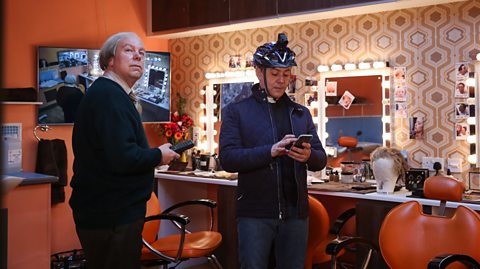 Image source, ┤¾Ž¾┤½├Į
Image source, ┤¾Ž¾┤½├Į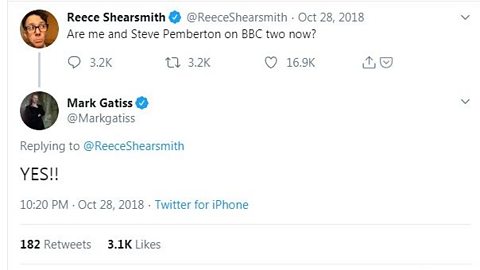
Technical glitches led to the broadcasting of live CCTV footage from the dressing room and the stars Reece Shearsmith and Steve Pemberton took to Twitter to check what was going on.
When their long term collaborator Mark Gatiss was one of the first to tweet them back in real-time, it added to the sense that viewers were witnessing a genuine disruption to the TV show.
This all helped convince viewers into thinking the disruption was genuine, some live tweeting their reactions to cast members, or even switching channels and missing the ending.

The cast were seen trying to figure out what was happening, exploring the set to uncover the mystery. Jumping around, the CCTV revealed apparently sinister characters in other parts of the set, folklore about a past fire at Granada Studios was woven into the narrative.
But this wasn't the first time a TV show had apparently been taken over by a ghost in the machine. The show took inspiration from another TV hoax - Ghostwatch.
2. Ghostwatch (1992)
An infamous TV hoax, Ghostwatch terrified audiences when a supposedly real live ghost investigation seemed to become possessed. It was another example of a writer - in this case Stephen Volk - testing the credulity of TV audiences and blurring the boundary between fact and fiction to spook viewers.
Sarah Greene, Mike Green and Michael Parkinson presented such a convincing haunting that the ┤¾Ž¾┤½├Į received thousands of complaints from viewers who had been fooled.
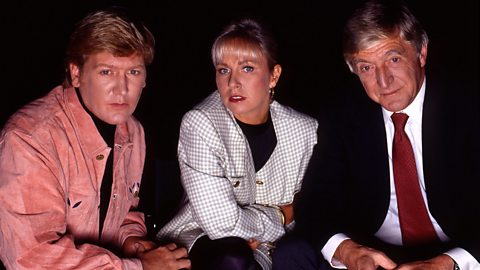
It was billed as a drama, but many of the 11 million viewers were taken in by a "live" investigation into paranormal activity being recorded at a family home in Northolt, London. The tension mounted as the Early family were subjected to increasingly terrifying experiences as the spirit of a dead man appeared to possessed the children.
The malevolent spirit Pipes caused them to manically recite nursery rhymes and scratched one of the children's faces.
The show worked as a sort of national s├®ance, as viewers were encouraged to call in to the show and share their stories of violent occurrences. In a dizzying climax, Pipes appeared to take control of the ┤¾Ž¾┤½├Į studios and possess Parkinson.
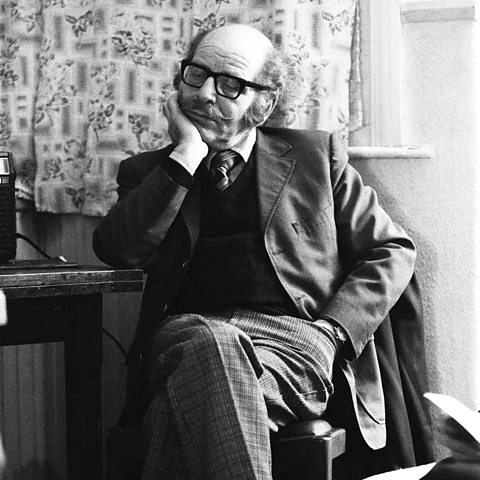
3. The Enfield Poltergeist (1977)
The Enfield Poltergeist documentary film created by Nationwide (the 1970s equivalent of The One Show) was a key moment in TV history which was part of the inspiration for Volk's Ghostwatch.
It was a sincere exploration of an apparent haunting of a North London home featuring paranormal investigator Maurice Greene.
Viewers were presented with evidence of a possessed child growling in an otherworldly voice, and unexplained knocking and barking sounds.
In his blog The Medium and the Message, documentary-maker Adam Curtis explained:

ŌĆ£The Nationwide programme made a film which brought all the elements of the modern haunted house together into a perfect form. And it also introduced a powerful new character into the melodrama - the psychic investigator who was determined to prove that the haunting was real.ŌĆØ
The programme has captured the imagination of TV makers. The story was recreated in TV mini-series The Enfield Haunting (2015) and was also the basis of the 2016 film Conjuring 2.
The Poltergeist film captures a high point in a golden era of the paranormal on TV, when ghosts and ghost stories were taken seriously.
In his introduction to the iconic folk horror ┤¾Ž¾┤½├Į drama Robin Redbreast, BFIŌĆÖs Vic Pratt described 1970 as a turning point for TV, "when witchcraft and the occult were no longer ludicrous."
It was only a matter of time until the theme of the occult found its way into children's and family TV too.
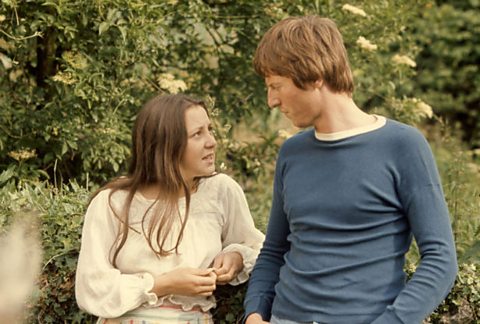
4. The Changes (1975)
The Changes showed a Britain where technology itself was the thing to be feared. This was a chilling show scheduled for family TV time - following Newsround.
In the series, Britan's population is driven to destroy and fear all machinery, regressing to a pre-industrial age, due to a mysterious noise.
As society crumbles, it becomes fearful and inward looking. Teenager Nicky, played by Vicky WIlliams, has to confront racist, sexist and xenophobic attitudes as she is left to fend for herself when abandoned by her family.

At one point she joins a travelling Sikh community, and she witnesses the suspicion and racism they face from country villagers who dub them "the Devil's children".
Nicky herself is later sentenced to death by stoning by a witchfinder, before finally escaping to try and determine the cause of the unbalancing of the world.
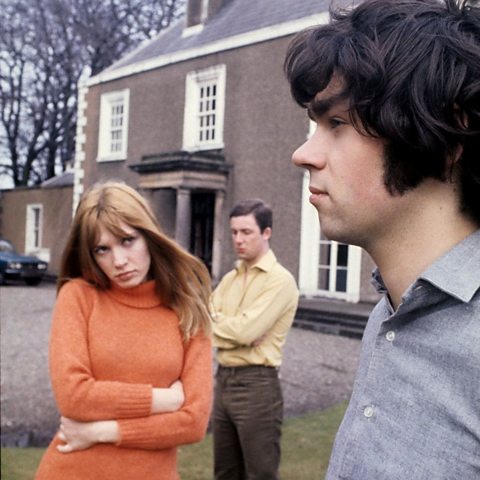
5. The Owl Service (1969-1970)
The Owl Service, adapted from Alan GarnerŌĆÖs novel of the same name, was made for the family Sunday afternoon TV slot but, it pushed boundaries with its psychedelic editing techniques and themes of love, jealousy, and class snobbery.
Teenagers Alison, Rodger and Gywn are drawn into an obsessive love triangle, each playing a role re-enacting the legend of Blodeuwedd ŌĆō an 11th-Century Celtic folk story about a woman made from flowers who is turned into an owl as punishment for her role in her husbandŌĆÖs murder.
A real plate with a spooky owl design was the inspiration behind GarnerŌĆÖs novel. The owl plate is from an original dinner service designed by Christopher Dresser, which Griselda Garner (AlanŌĆÖs wife) now owns.

It originally belonged to her aunt, who bought it at a farm sale in Somerset but then packed it away and put it in a barn, because she said that the owls watching her eat gave her indigestion.
A good scare can affect your heart, breathing and even your eyes

How to get into the film industry video
Meet Toby, a director of photography for a film production company.
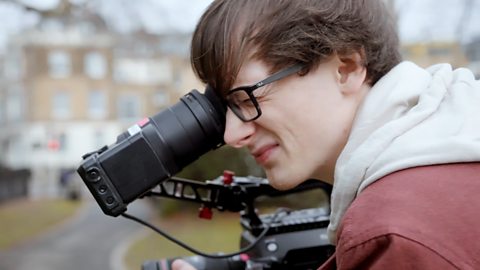
When film and TV got the future spot-on
The storytellers who predicted President Trump and the technology we have today.
